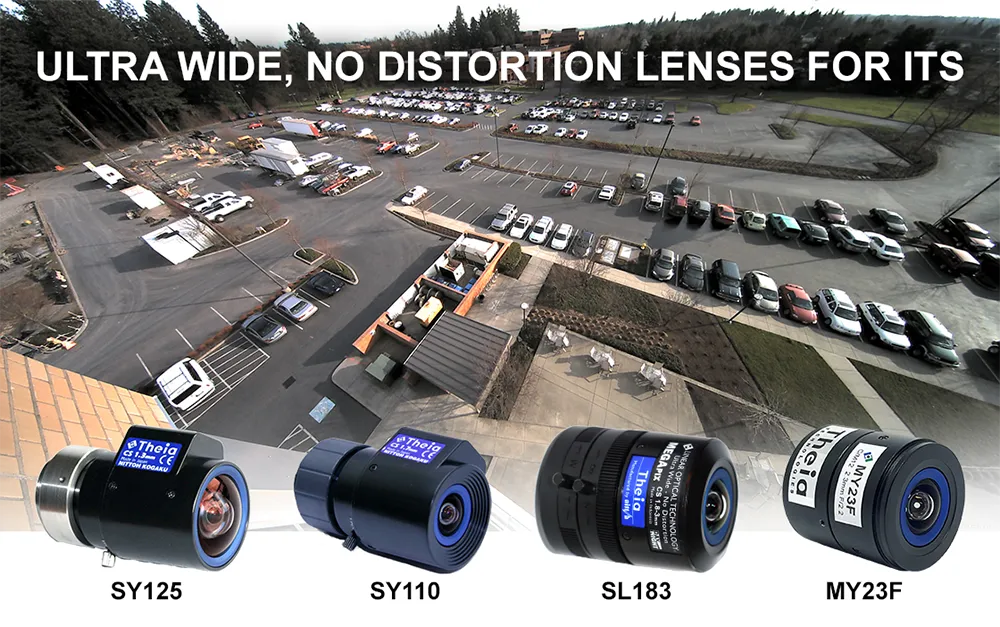Cooper Lighting has upgraded its outdoor LED LightBar technology to improve lumen output and efficiency, while continuing to offer up to 75% in energy savings over traditional high intensity discharge (HID) outdoor lighting sources.
January 31, 2012
Read time: 1 min

Designed for new construction applications or to replace inefficient luminaires, the technology is available in two versions (7 LEDs and 21 LEDs), three standard colour options (3000K, 4000K and 6000K correlated colour temperatures (CCT)) and offered in 13 different optical distributions, providing versatility for every outdoor need, including street and floodlighting, wall mount, parking garage, canopy and pathway solutions.









